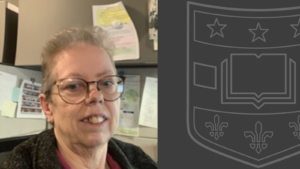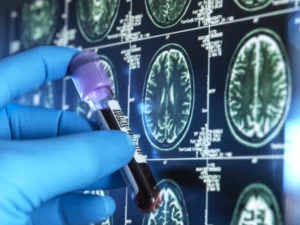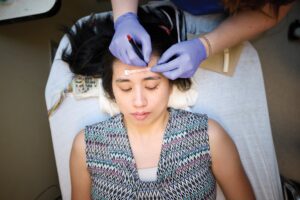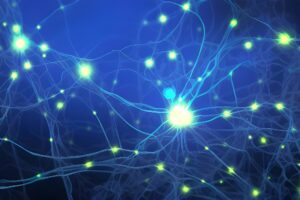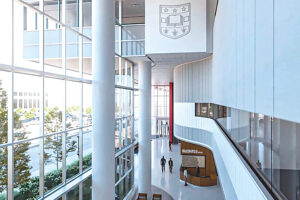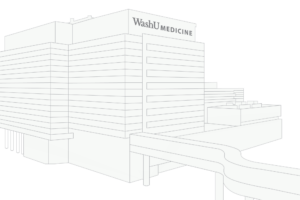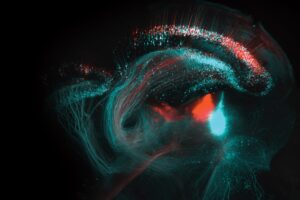Toni Goelz grew up in Belleville, Illinois with her brother and two sisters. She graduated from St. Louis University with a degree in physical therapy in 1978. Her dream of working with children was realized when she started her career at Cardinal Glennon Children’s Hospital. Upon leaving Cardinal Glennon, Goelz found a new home providing physical […]
Staff Spotlight Antonia “Toni” Goelz

